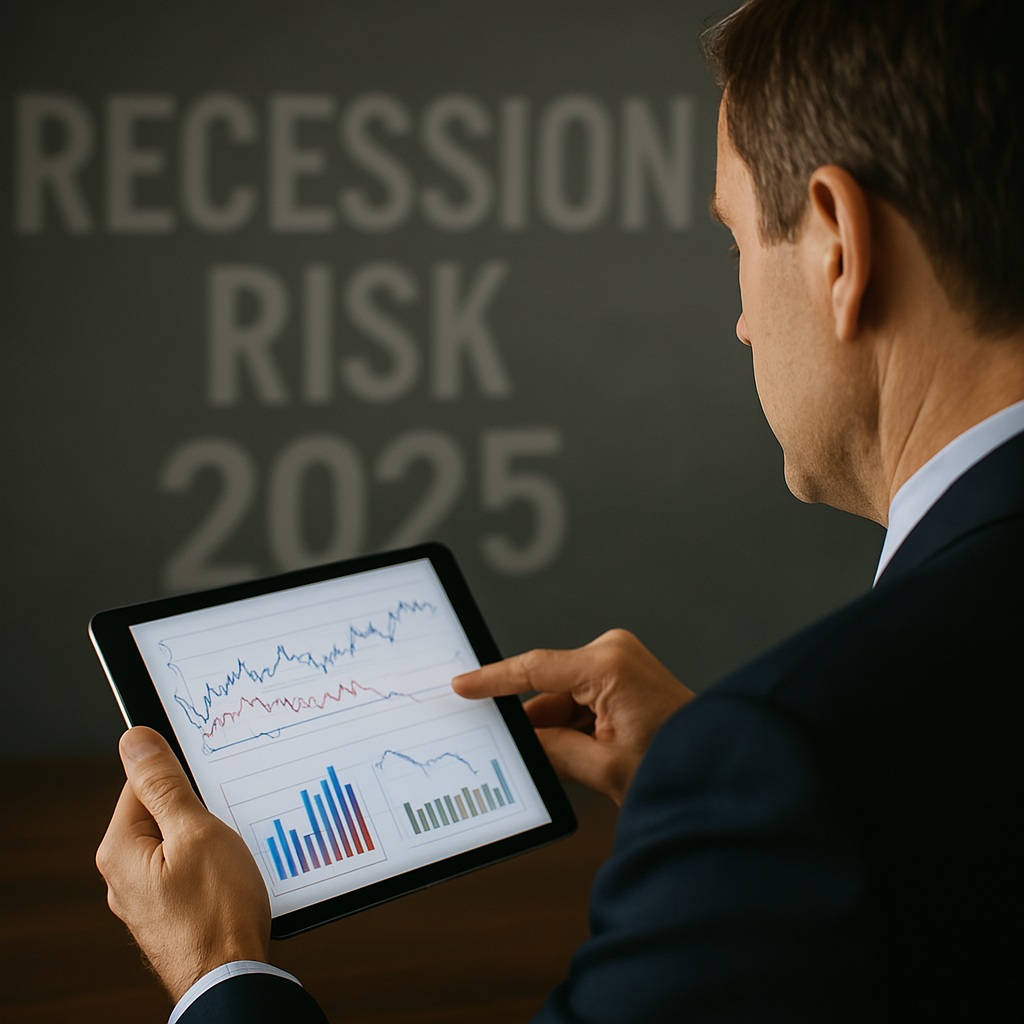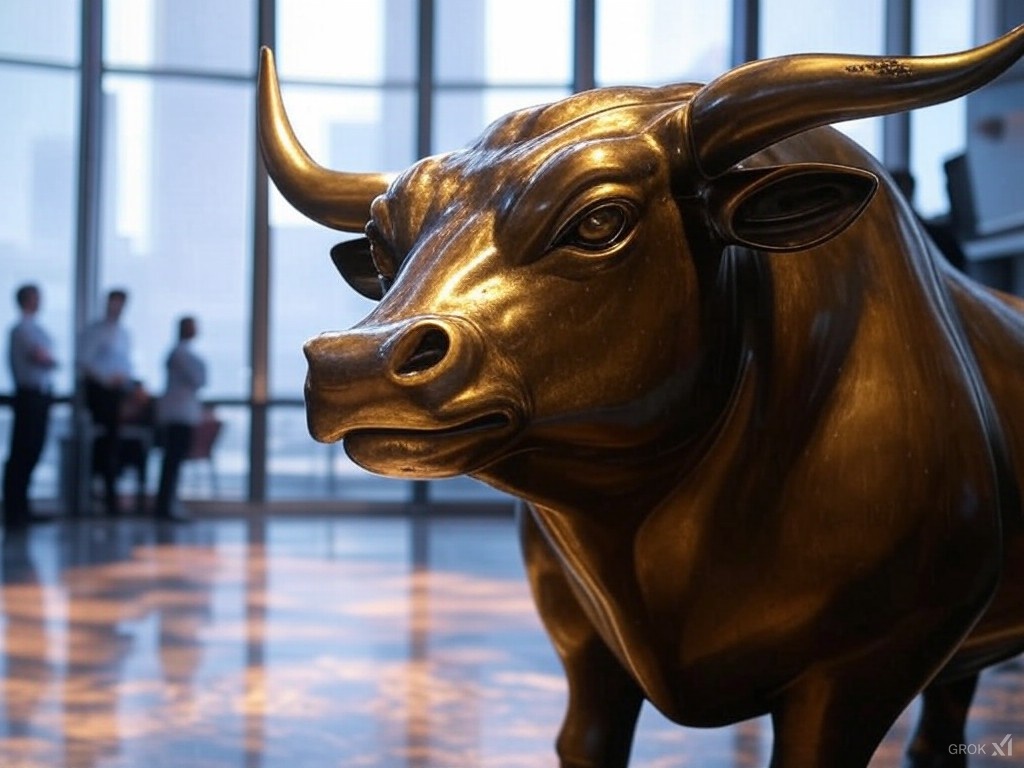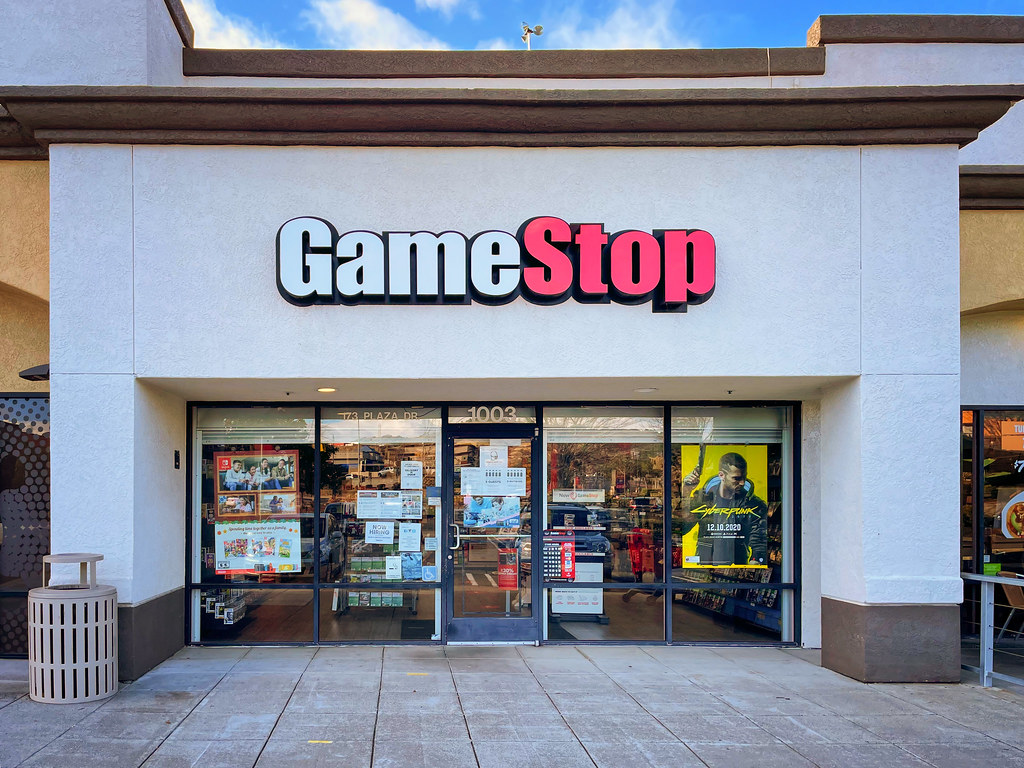What happens when growth slows, prices rise, and trade policy flips the table?
You get what we’re looking at right now—an economy that’s technically growing, but showing signs it might stall out hard. Call it what you want. A slowdown. A setup. Maybe just another Fed misstep. Either way, there’s noise under the surface, and a lot of smart people are leaning toward the same uncomfortable answer:
A recession might be closer than we’d like to think.
So what’s really going on with the U.S. economy?
Let’s keep it simple. GDP is still growing, but slower than expected. In March, the Fed dropped its forecast for 2025 GDP growth to 1.7%. That’s not a disaster, but it’s not great either.
Unemployment? That’s rising too. Not by a lot, but enough to raise a brow—4.4% expected by year’s end. Inflation? Also up. 2.8% now, thanks in part to new tariffs pushing up prices.
These aren’t massive shifts by themselves. But together, yeah… it adds up.
What’s triggering this mess?
Tariffs. A lot of them, fast.
On April 2, President Trump dropped a 10% tariff on all imports. The next day, a 25% tariff on autos and auto parts kicked in. More are coming in May. These aren’t small changes. They shake everything.
We’ve seen tariffs before. This isn’t new ground. But the scope and speed here? That’s what’s freaking people out. When you start messing with global supply chains overnight, the ripple effects get messy real fast.
It costs more to import. Companies pass those costs to consumers. Spending drops. Output shrinks. Jobs get cut. It’s not hard to see the loop forming.
Are businesses nervous? Absolutely.
A CNBC survey from March tells the story. 75% of CFOs said they’re “somewhat pessimistic” about the U.S. economy. 60% think a recession hits in the second half of 2025.
That’s wild. Last quarter, only 7% were that worried.
And no, this isn’t just vibes. These are real shifts in how companies are thinking. 95% of CFOs say these policies are impacting their decision-making. 90% think tariffs will lead to “resurgent inflation.” That’s not just a guess. That’s a red flag.
J.P. Morgan raised global recession odds to 40%, up from 30% earlier this year. Moody’s hiked theirs too—from 15% to 35%. That’s not nothing.
But wait… isn’t the stock market still up?
Yeah, but it’s not holding steady. Markets are getting jumpy.
When the tariff announcements hit in March, the Dow dropped 400 points in a day. That’s not the end of the world, but it shows how twitchy things are. Sentiment is soft. And consumer confidence? Hit a 3-year low according to the University of Michigan.
The Fed’s regional surveys say businesses are pulling back on spending. They’re waiting. Watching. That’s usually how recessions start—not with a crash, but with hesitation.
Could this really spiral into a recession?
Depends on who you ask—and how you define “recession.”
Technically, it means two quarters of negative GDP growth. We’re not there yet. But the Atlanta Fed’s GDPNow model just forecasted a -2.4% contraction for Q1. That’s ugly. And if Q2 stays negative, well… there’s your technical recession.
Still, some indicators aren’t flashing red. The Sahm Rule, which tracks unemployment shifts, says we’re not quite in recession territory. But even the Fed admits things are shaky. Their March projections were clear—growth down, inflation up, labor weakening.
How much of this is about Trump’s policies?
A lot of it, actually.
These new tariffs weren’t subtle. The April moves hit everything coming into the country. That’s not targeted. That’s a blanket cost increase across the board.
And it’s not just the U.S. reacting. The EU and other countries are already planning retaliatory tariffs. That means U.S. exports could get hit too.
This has “trade war” written all over it. And it’s got businesses scrambling. CFOs are calling the policies “chaotic” and “disruptive.” They’re not sure how to plan around it, and when businesses can’t plan, they stop investing.
What are the risks to crypto?
Let’s be real—macro matters. Recessions tighten liquidity. Risk assets like crypto often feel that squeeze.
Tariffs mean higher prices. Higher prices mean less spending. Less spending slows growth. If growth drops, the Fed might cut rates—but not if inflation’s still rising. So now you’ve got a policy trap.
This is the kind of uncertainty that drives volatility across markets. TradFi, DeFi, doesn’t matter. It all connects.
So where does that leave us?
Right now, we’re somewhere in the middle. The data isn’t screaming “crash,” but it’s not looking stable either. Things could shift fast, especially if Q1 GDP prints negative.
Is a recession guaranteed? No. But is it more likely than it was three months ago? Yeah—by a long shot.
Whether you’re managing a business, holding crypto, or just trying to understand the bigger picture… this matters. Because the longer we pretend it’s fine, the harder the landing could be.
And with more data coming this month—including Q1 GDP estimates—you won’t have to wait long to see how real this gets.



